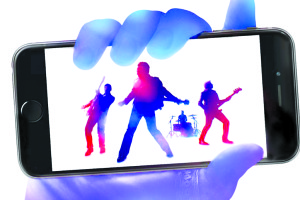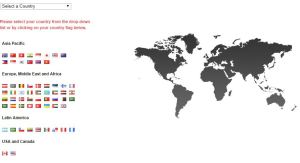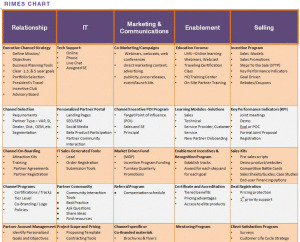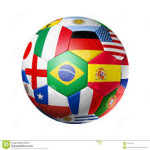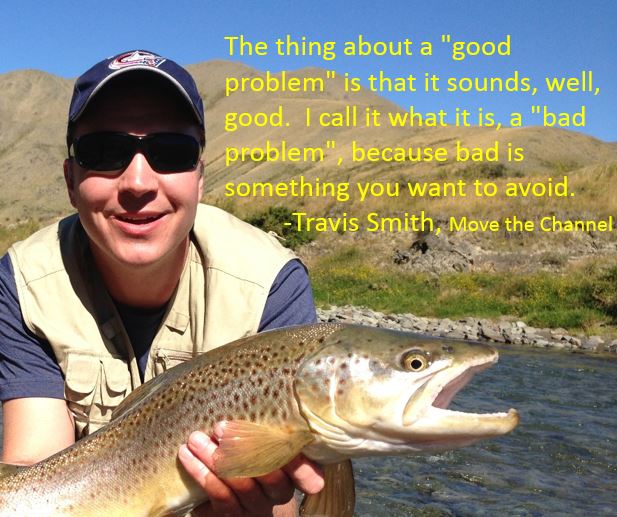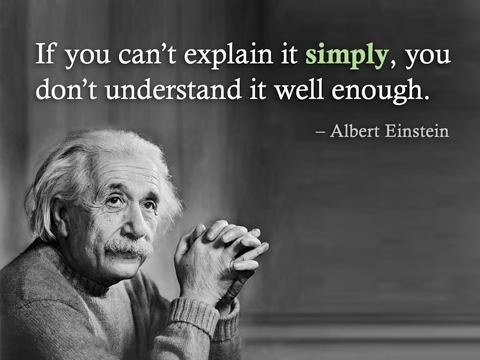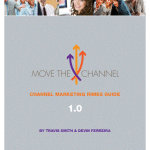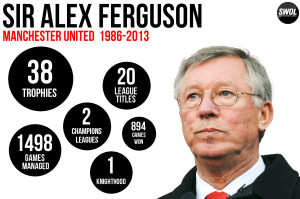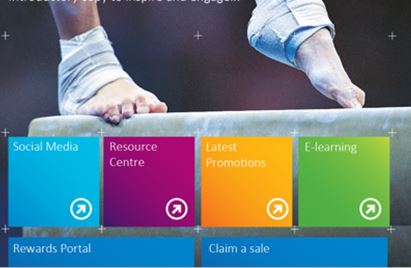 The Secret to change is to focus ALL of your energy not on fighting the old, but on building the new. – Socrates
The Secret to change is to focus ALL of your energy not on fighting the old, but on building the new. – Socrates
This is certainly true when it comes to transforming your channel.
I’ve had many 2015 planning sessions with clients the last few weeks. The overlying theme from these meetings and Channel Chiefs seems to be “how do I Transform my channel.” This week alone I’ve met with two senior executives of industry-leading organizations who both suggested that transformation of their channel has become a priority. Although this is not a new idea, most of my channel initiatives in the previous years had involved trying to inspire MORE of an existing behavior within the channel. But transforming the channel is about “Building the New”. And it’s not just about a tweak here and a turn there. These executives want to fundamentally change how their channel partners and partner salespeople do two things: a) How their partners interact with their company, and b) How their partners Engage and sell to the end-user.
Part of the art of channel marketing is being able to influence key stakeholders in the channel without having the most powerful tool of compensation. Our channel stakeholders aren’t employees and therefore we don’t control our channel partner’s compensation plans. That being said, we do have significant control at the partner firm-level, and therefore we have the ability to adjust pricing discounts, offer rebates, and create MDF thresholds, all of which can encourage the partner to take their channel in a new transformative direction. If we want to change our business-as-usual approach to the channel, we must not be afraid to use every tool in our toolbox.
Another powerful instrument that can be used to transform your channel strategy is a wisely crafted channel incentive program. We’ve already talked about levers you have that can impact your partner at firm-level. But what about motivating the Point Of Influence (POI) of our sale? The POI typically identifies the partner’s sales people or Sales Engineers that interface with the end-user/end-buyer and own the relationship. The question is: How do we reach and engage these important channel influencers?
With a well-designed channel incentive program we can focus on building the new and accelerating the transformation of our channel. Some transforming behaviors we can start to influence?
- Building the New — Training. There are many different degrees of training. There is everything from “Readiness” lessons and quizzes to full-blown Accreditation programs. Of course while any readiness initiative can be rolled out in weeks, a more significant accreditation program will usually take significant time & effort. Also, we know if Partner Salespeople (POI) invest their time in these training initiatives—whether its 15 minutes or 15 hours—this mindshare WILL ultimately translate into market share. Readiness initiatives should be hosted in your Channel incentive or engagement portals that target the POI audience.
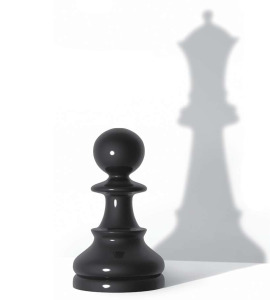
- A New Partnership — Transformation of the channel isn’t just about how our channel goes to market but how the channel partner works and interacts with us (the manufacture or distributor). This may be asking our channel partners and channel partner salespeople to change how they engage, where they engage, and what they engage at our organization. For example, for years manufactures and distributors have been investing in various partner resources including partner portals, partner marketing automation, etc. Although these “portals” are certainly still valuable resource centers, most organizations have started to realize that the “Do it yourself” approach makes it difficult to measure the effectiveness.
- A New message for the End Buyer — As mentioned above, the DIY approaches haven’t worked as planned. There’s a concrete need to guide our channel partners especially at the POI to market and communicate the New…. products, services, and approach. When and how end-buyer communications are executive is often a trackable behavior and therefore one that can be incentivized in your channel engagement portal.
- Selling to a New Stakeholder . . . the Decision Maker — It’s not only what we’re selling that is New: it’s who we’re selling to. Setting up meetings with the right people or the New decision makers is something else we can influence. With a decent CRM setting meetings with right people is a trackable behavior and therefore one that can be incentivized in your channel engagement portal.
These are just some examples of trackable and rewardable behaviors that can help you transform your channel. Remember, the Secret is to focus ALL of your energy on building the new, or what will transform your channel. A well-designed and properly managed channel incentive program can help you do that.
Have you been tasked with transforming your channel? Are you reaching the partner firm-level as well as at the Point of Influence (POI)?
As always, send me an email with questions, comments, or to set up a call.
Move the Channel,
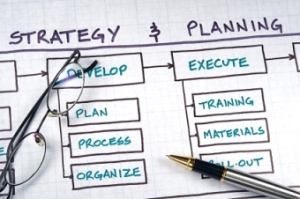

 ‘Tis the season for the BIG Q4 Push! The time has finally come to reap the fruit of all the hard work and planning undertaken in the past year. The pressure is high to bring in as many deals as possible before the EOY, with many a bonus depending on it. Without fail, companies are trying to find that next gear to help them finish the year on a high note. But after developing your business model and making investments to achieve the aggressive growth goals set by your company and stakeholders, are you rolling out a BIG year-end Promotion Dud?
‘Tis the season for the BIG Q4 Push! The time has finally come to reap the fruit of all the hard work and planning undertaken in the past year. The pressure is high to bring in as many deals as possible before the EOY, with many a bonus depending on it. Without fail, companies are trying to find that next gear to help them finish the year on a high note. But after developing your business model and making investments to achieve the aggressive growth goals set by your company and stakeholders, are you rolling out a BIG year-end Promotion Dud?

